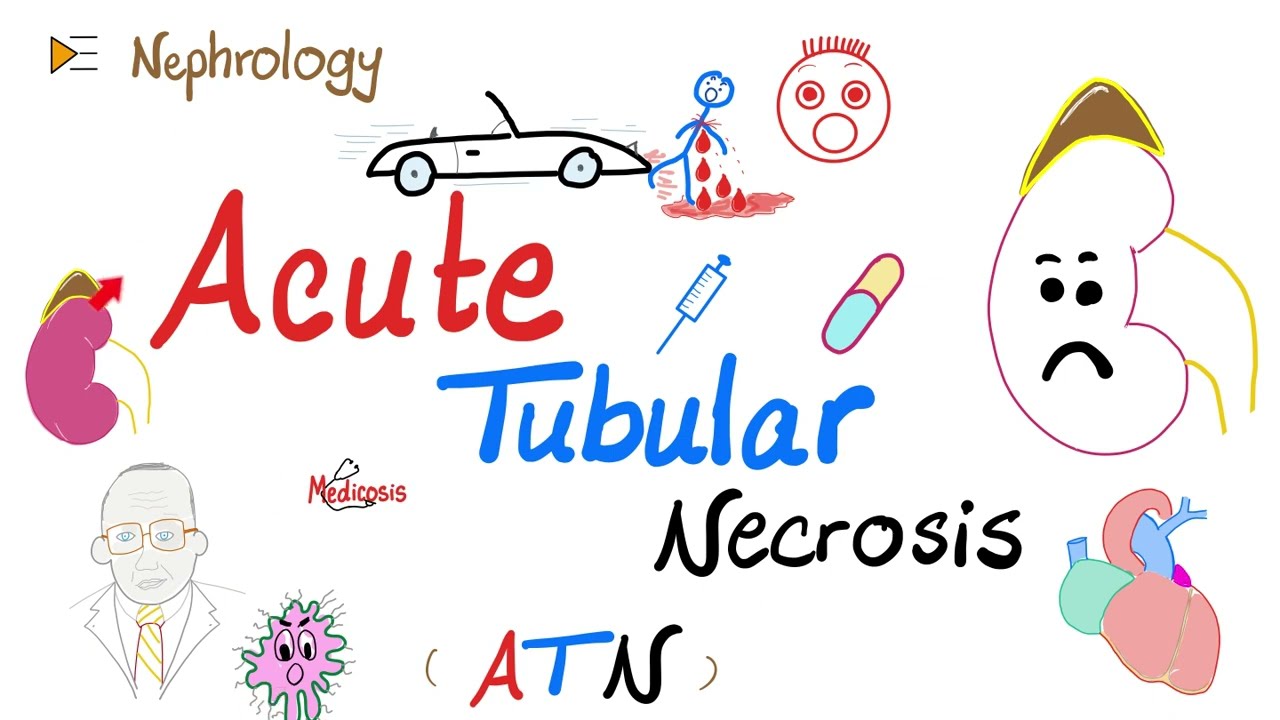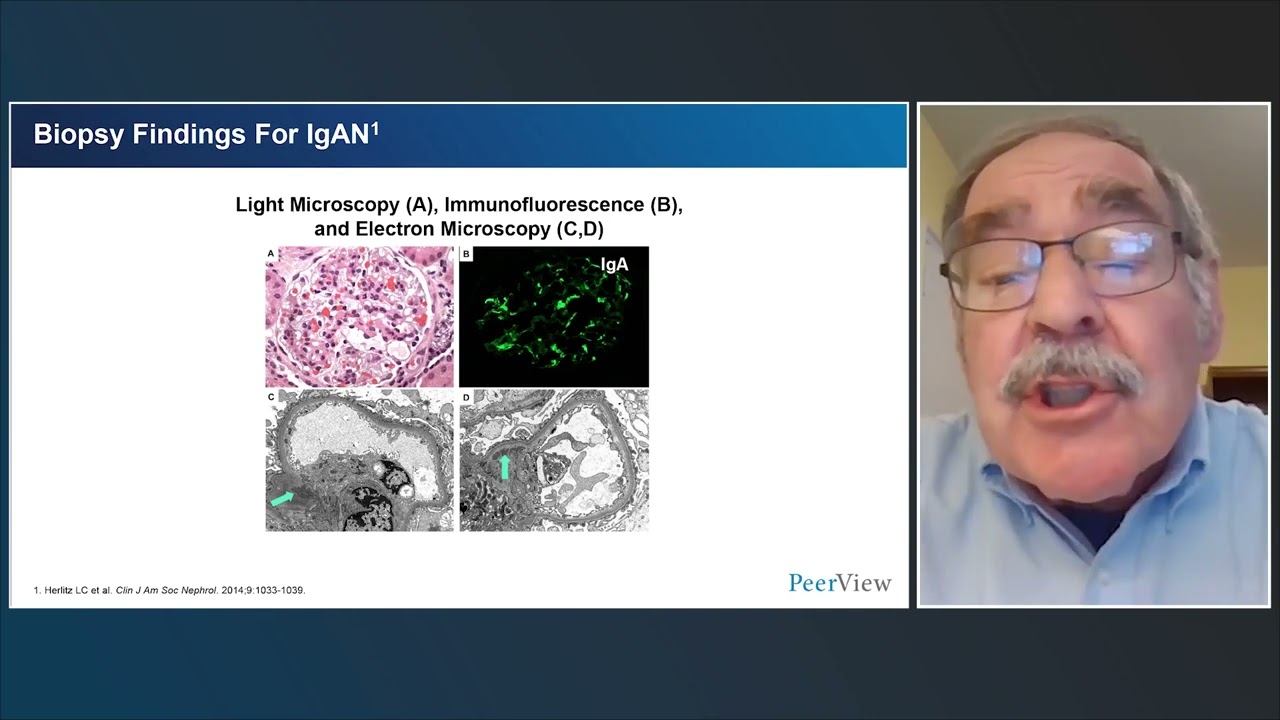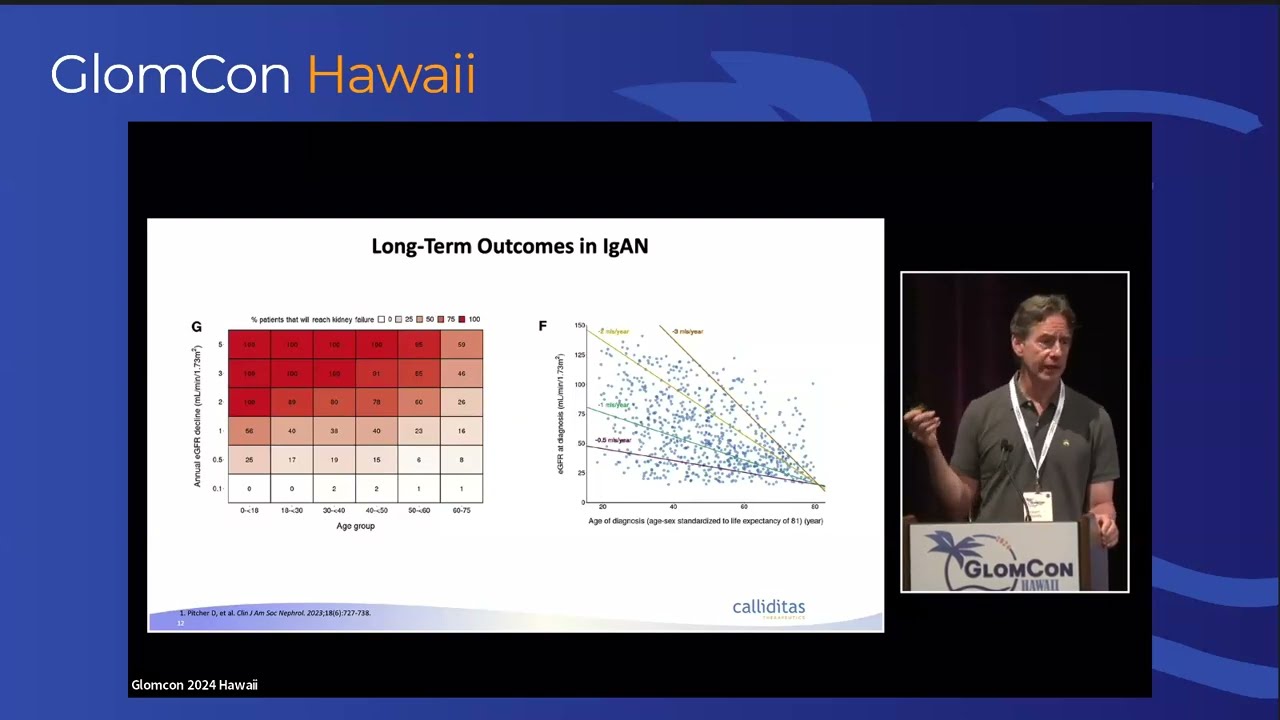The Nephrology Channel
NEW YORK (Reuters Health) – Active surveillance (“watchful waiting”) of small renal masses offers short term results equivalent to those with immediate surgery, researchers from UK report in the May 4th online BJU International.
Although current guidelines suggest performing partial nephrectomy whenever possible for T1 renal cancer, active surveillance is commonly used in the treatment of small renal masses in elderly patients with multiple comorbidities or in those who decline surgery.
Dr. Nilay Patel and colleagues from Churchill Hospital, Oxford, UK retrospectively compared the oncological outcomes of active surveillance, partial nephrectomy, and radical nephrectomy in the management of patients with small renal masses (<4 cm maximal diameter) suspected of being T1 tumors.
The main objective of the study was to determine if there is adequate evidence to support a randomized trial comparing surgery with active surveillance for small renal masses.
For 93 tumors in 71 patients managed with active surveillance, average annual growth was 0.21 cm/year, and 49 masses (53%) showed negative or zero growth during the median 34 months of follow-up.
An increase in size, patient choice, and change in radiological diagnosis prompted subsequent definitive therapy in 14 patients (19.7%) after an average delay of 29 months.
Only 1 patient managed with active surveillance experienced metastatic progression. Twelve deaths, one of which was attributed to metastatic renal cell carcinoma, resulted in an overall survival rate of 83% and a cancer-specific survival rate of 98.6%.
Patients managed with active surveillance and deferred definitive treatment had similar rates of overall survival (78.5%) and cancer-specific survival (100%).
In comparison, 131 patients with small renal masses were managed by radical nephrectomy (43 patients) or partial nephrectomy (98 patients). Metastatic progression was observed after surgery in 15 patients (11.4%).
Among patients treated surgically, overall survival was 87.0%, and cancer-specific survival was 95.4%. These outcomes did not differ significantly from those with active surveillance.
“Our work and other recent studies have started to show the safety of active surveillance as a treatment modality for small renal masses,” the researchers conclude. “It is becoming increasingly clear that all small renal masses do not need immediate surgical treatment.”
“Many small renal masses are incidental low-grade, low-risk tumors akin to Gleason 6 prostate cancer and are unlikely to result in the development of metastatic disease or cancer-related death,” they explain.
“Further research in the diagnostic work up of patients may help to identify high-risk small renal masses that are more likely to progress or metastasize,” the investigators add. “The results of this study support the development of a multicenter prospective randomized controlled trial comparing active surveillance with delayed intervention versus immediate partial nephrectomy or ablation.”
At least for the purposes of that trial, they add, “Based on our results we would propose intervention when tumors being managed with active surveillance are >3.5 cm in size or have growth rates >0.5 cm/year or show doubling of tumor volume in less than 12 months.”
SOURCE:
Active surveillance of small renal masses offers short-term oncological efficacy equivalent to radical and partial nephrectomy
BJU Intl 4 May 2012.








